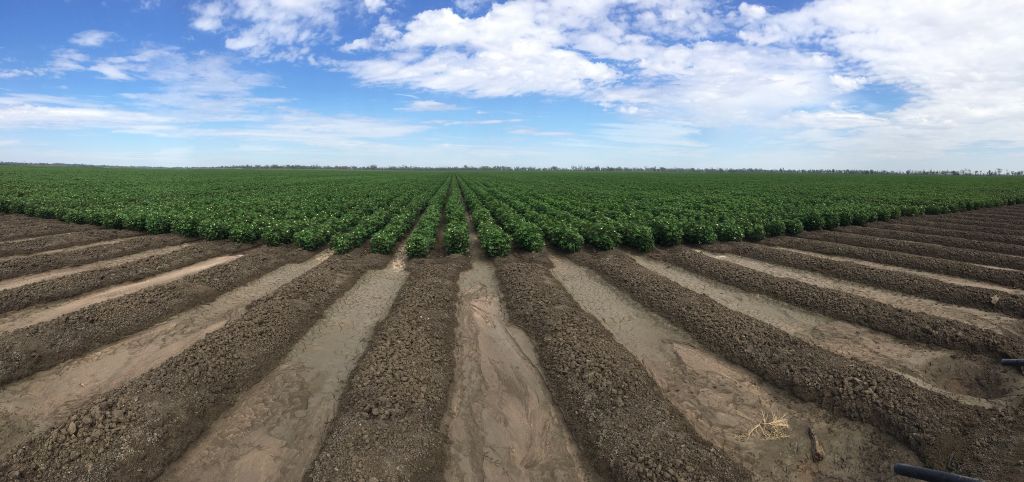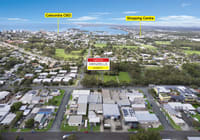
Agribusiness outlook: Sector set for a bumper year
The Australian agriculture sector is set to have a record-breaking year in 2021-22, on the back of bumper conditions and sky-high prices, which are tipped to push the annual value of commodities to $81 billion for the first time.
The Australian Bureau of Agricultural and Resource Economics and Sciences (ABARES) estimates this total will be $12 billion more than the previous year, aided by the most valuable winter crop ever and record prices for many other commodities.
Mark Barber, head of agribusiness investment services at Elders, says 2021 was the culmination of a “perfect storm” of factors, of which commodity prices were a key element.
“We’ve seen very strong commodity prices underpinned by enduring fundamentals, plus good, continued growth in export demand at the current prices. We’ve also seen good to above-average seasonal conditions and low interest rates.
“On top of all that you’ve got international, institutional and corporate interest in farmland as a maturing asset class.”
Barber says skilled fund managers are establishing successful track records in the industry, which is giving buyers more confidence.
“One of the most important things we’ve seen is liquidity at that end of the market. It’s encouraged others to invest because they know they can not only get in at scale but can also get out because their peers are willing to invest in large-scale, well-run assets too.”
Barber says properties with good fundamentals will be highly prized in 2022 – “anywhere you’ve got good quality soil, a favourable climate that gives you options to grow different things or for grazing, and good rainfall.”
Rawdon Briggs, head of agribusiness at Colliers, says increases in commodity prices have been wide ranging.
“Barley got clobbered with the Chinese ban on imported product, but those numbers have all recovered and gone past previous highs,” Briggs says. “Even sugar is probably at 20-year highs now.”
When it comes to standout Australian agriculture sectors in 2022, he says beef will be a “stratospheric” performer.
“There is no spare protein in the global market. Poultry can fill the gap, but it’s not the consumer’s preference. It would have to be a real ‘Black Swan’ event to make a dent in the optimism around protein prices.”
Current world events are expected to boost prices for some agriculture.
“On the back of what’s happening, sadly, in Ukraine, wheat and barley can only go up,” Briggs says. “I think the two things that are probably dark clouds for agribusiness are the [rising] costs of labour and inflation. Your inputs, whether it be fertilizer or fuels, are going to go up a fair bit this year.”
The “dark horse” sector for 2022, he says, will be Environmental, Social and Corporate Governance (ESG) assets.
“The one to watch will be carbon. Those properties that grow a lot of trees and are generally a little bit ugly and not necessarily great cattle or sheep blocks, that grow lots of mulga trees, may be absolute cash cows.
“The spot price for carbon was $18 just 18 months ago – today it’s $51.
“Also, any of those assets that have a renewable bent to them – future wind farms, future solar farms. Some of those have 30+10+10-year leases and they’re putting in place a long-term annuity for their owners.”
This story is part of our April Agribusiness Feature. Read more of the stories here.










